Now Reading: Best Places Visiting in Vaishali for History, Spirituality & Culture
-
01
Best Places Visiting in Vaishali for History, Spirituality & Culture
Best Places Visiting in Vaishali for History, Spirituality & Culture
1. Raja Vishal ka Garh
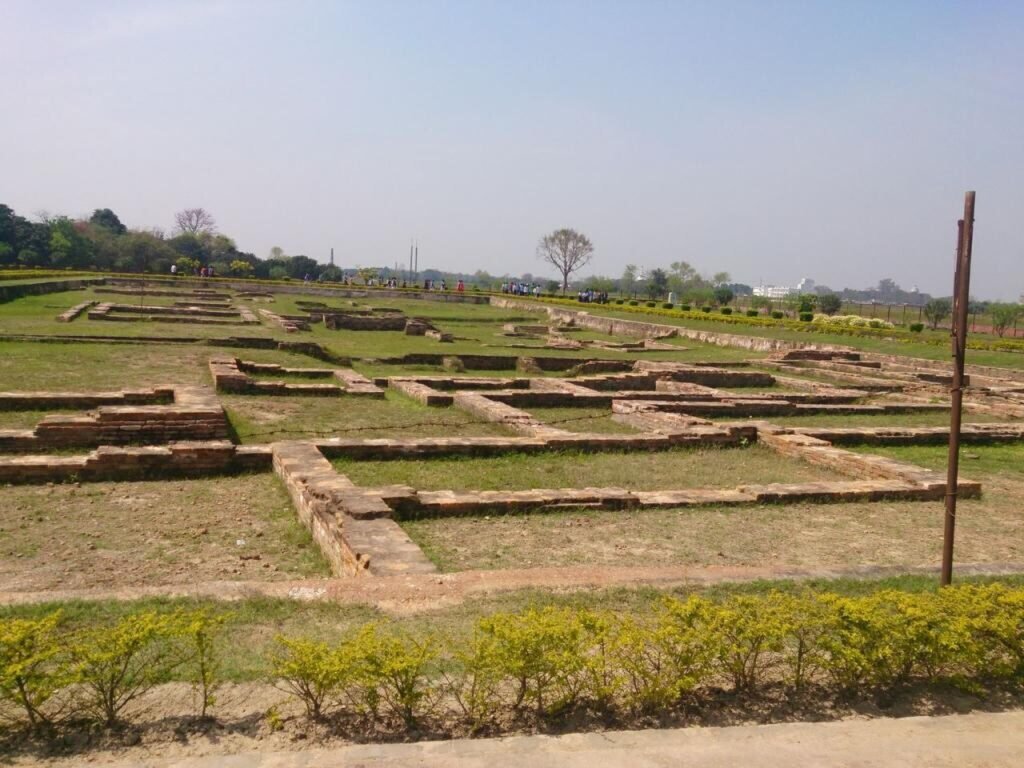
An ancient fortification known as Raja Vishal ka Garh attracts history enthusiasts and tourists worldwide to its location in Vaishali historical town of Bihar. This historical site serves as a remarkable example of previous times which demonstrates the renowned democratic past of Vaishali. The site functions as the parliament for King Vishal which maintains critical significance in historical archaeology and cultural heritage domains.
History
Historical records indicate that Raja Vishal ka Garh functioned as a political institution as well as an administrative center under King Vishal during his reign when Vaishali began its naming traditions. A major historical site preserves the ancient Lichchavi Republic which had one of the earliest forms of world democracy before dynastic succession based leader selection.
As an active city-state during old times Vaishali flourished into a vital cultural and religious center. People honored this territory because Lord Buddha spoke his final sermon and Lord Mahavira spent many years during his life in this land.
Best Time to Visit Raja Vishal ka Garh
The most favorable period for visiting Raja Vishal ka Garh occurs during the breezy autumn-winter months which span from October to March. Wintertime in Patna is considered the best time to visit Raja Vishal ka Garh because it lets visitors experience pleasant weather while allowing them to participate in religious festivals including Buddha Purnima and Mahavir Jayanti.
2. Ashokan Pillar
Located near Vaishali in Bihar stands the important Buddhist pilgrimage site known as the Ashokan Pillar at Kolhua. This location attracts historians and religious visitors together with tourists since it holds special importance for Emperor Ashoka’s Buddhist mission and its historical connection with Lord Buddha.
History
The location of Kolhua belongs to the ancient city of Vaishali which holds great importance for followers of the Buddhist tradition. The Second Buddhist Council took place in Vaishali a century after Buddha’s death and the city continuously received Buddha throughout his lifetime. After delivering his final sermon at Kolhua Buddha allowed Ashoka to establish a magnificent pillar commemorating the spot.
Among the stone pillars which Emperor Ashoka built to record Buddhist events and distribute Dhamma teachings stands the Ashokan Pillar at Kolhua.
Best Time to Visit:
Travelers should plan their visit to Kolhua between October and March since this period offers favorable conditions for touring with pleasant temperatures.
Buddha Purnima stands as the festival where the site reaches its peak of activity because it marks the significant events in Lord Buddha’s life such as his birth and enlightenment and death.
The Ashokan Pillar at Kolhua Vaishali represents more than historical significance because it serves as both a symbol and physical manifestation of Indian cultural heritage with its Buddhist roots. The grand pillar consisting of a lion capital represents the efforts of Emperor Ashoka to promote both peace and non-violence. Visiting this historical location creates a distinct chance to interact with ancient times together with experiencing Buddha’s heritage alongside viewing Mauryan Empire architecture.
Related articles : Top 15 Best Places Visiting in Goa for Beaches, Culture & Adventure
Stay Informed With the Latest & Most Important News
Previous Post
Next Post
-
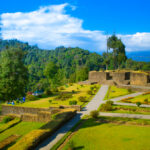 01Top 5 Best Places Visiting in Gyalshing – Monasteries, Lakes & Scenic Escapes
01Top 5 Best Places Visiting in Gyalshing – Monasteries, Lakes & Scenic Escapes -
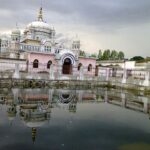 02Top 5 Best Places Visiting in Panna – Temples, Waterfalls & Wildlife Escapes
02Top 5 Best Places Visiting in Panna – Temples, Waterfalls & Wildlife Escapes -
 03Top 5 Best Places to Visit in Malerkotla – Malerkotla Fort, Sheesh Mahal & More
03Top 5 Best Places to Visit in Malerkotla – Malerkotla Fort, Sheesh Mahal & More -
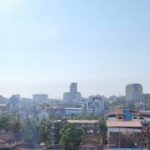 04Top 10 Best Places Visiting in Dakshina Kannad for Culture, Nature & Coastal Charm
04Top 10 Best Places Visiting in Dakshina Kannad for Culture, Nature & Coastal Charm -
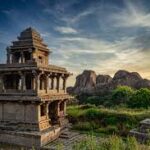 05Top 2 Best Places Visiting in Chitradurga for History, Nature & Adventure
05Top 2 Best Places Visiting in Chitradurga for History, Nature & Adventure -
 06Best Places Visiting in Shopian – Explore Top Attractions & Hidden Gems
06Best Places Visiting in Shopian – Explore Top Attractions & Hidden Gems -
 07Best Places Visiting in Narmadapuram – Temples, Waterfalls & Wildlife Escapes
07Best Places Visiting in Narmadapuram – Temples, Waterfalls & Wildlife Escapes














Pingback: Top 5 Best Places Visiting in Bilaspur – Explore Chhattisgarh's Hidden Gem